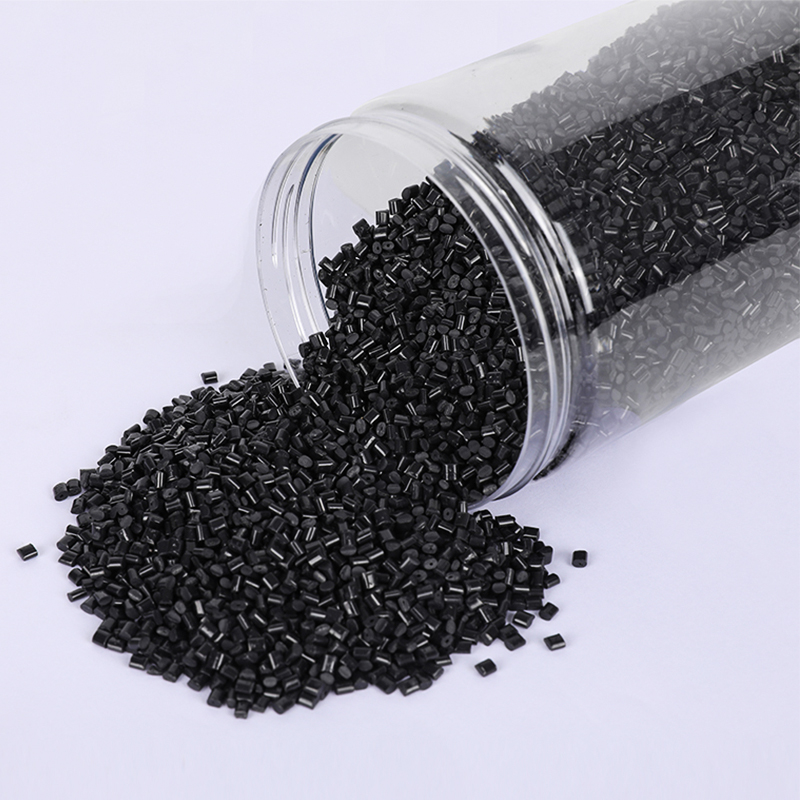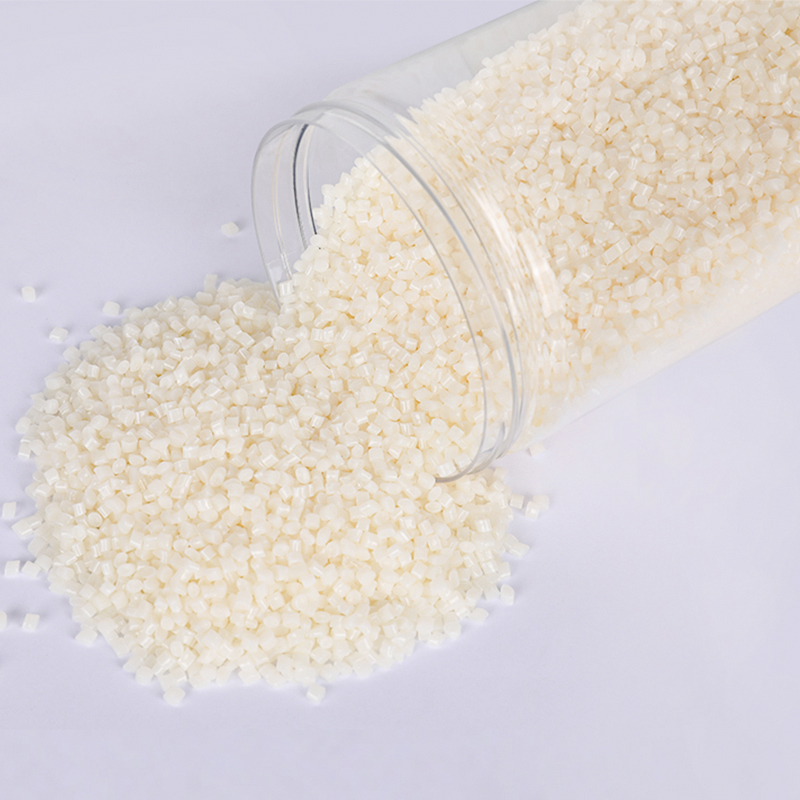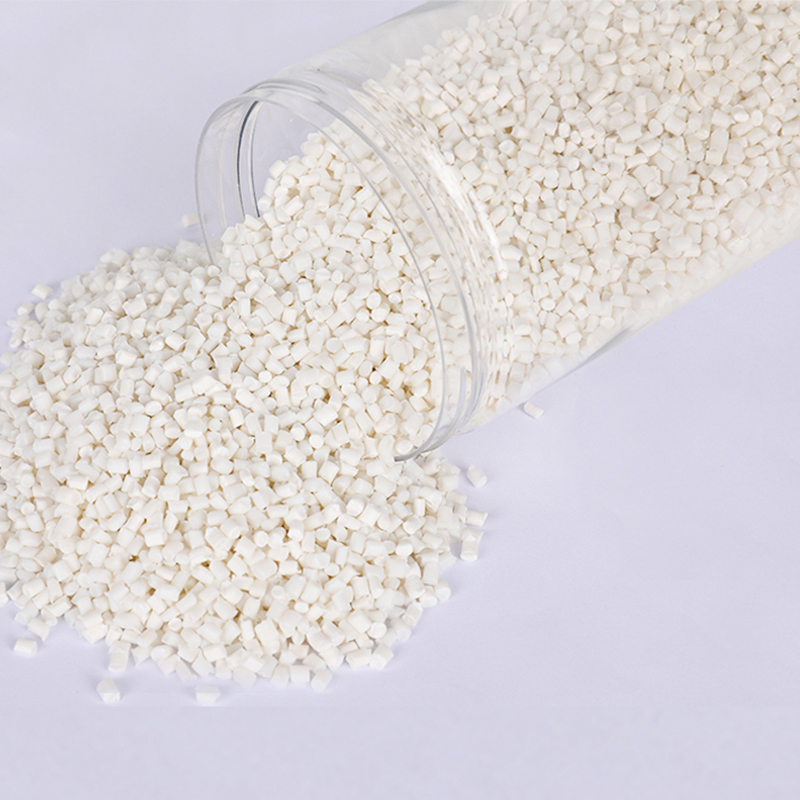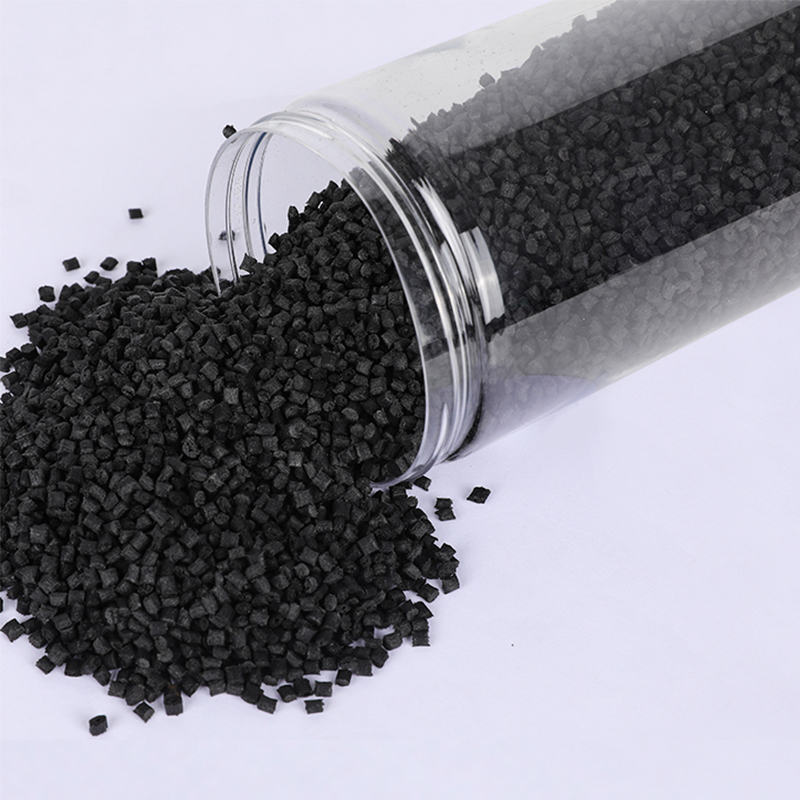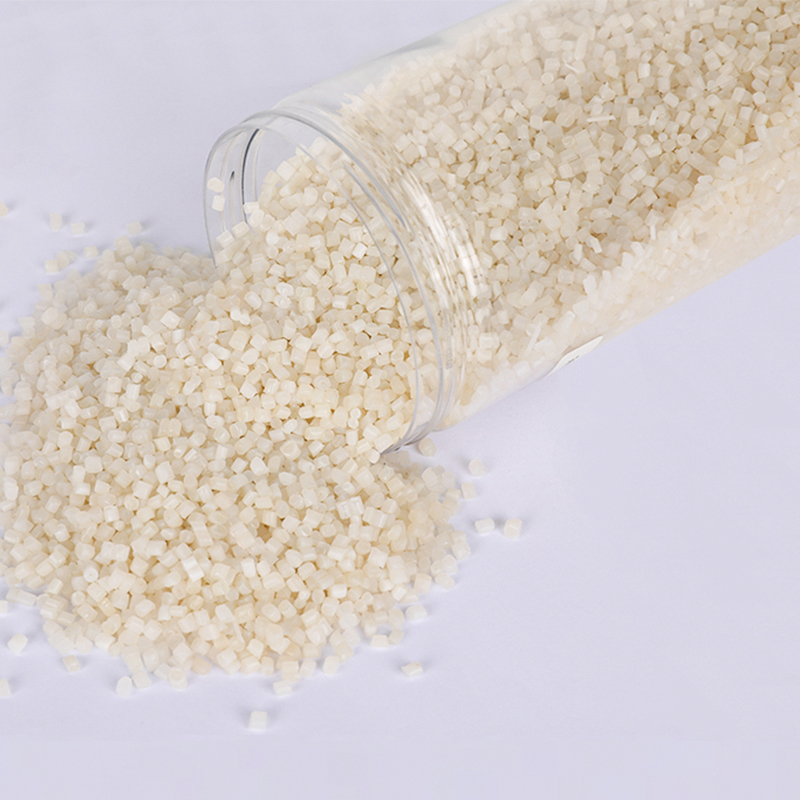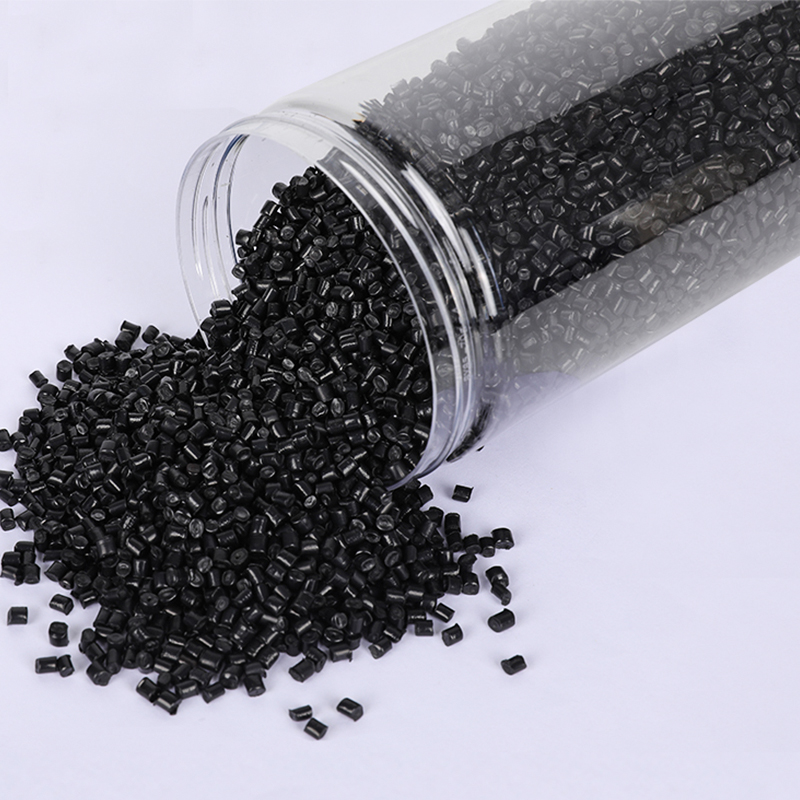Stay up to date with our recent products
Web Menu
Product Search
Exit Menu
Understanding the Limits of RPE in Tough Environments: Temperature, Chemicals & Weathering
Recycled polyethylene (RPE) is gaining significant traction in a variety of industries as a sustainable alternative to virgin polyethylene. However, as with any material, its performance can vary depending on the environmental conditions it faces. Buyers looking to incorporate RPE into their production lines will be particularly concerned with its limits in terms of temperature resistance, chemical exposure, and resilience to UV or weathering. These factors play a crucial role in determining where and how RPE can be effectively used without compromising product integrity or performance.
In terms of temperature resistance, RPE generally exhibits similar thermal properties to virgin polyethylene, with a typical operating range between -50°C to 85°C. However, variations in the recycling process, such as the quality of the feedstock or the specific resin grades used, can influence this range. For applications where extreme temperatures are expected, such as in industrial machinery or outdoor piping systems, the thermal stability of RPE may be a limiting factor. While RPE can handle standard conditions in most everyday applications, it may not be suitable for high-heat environments where materials need to retain their form and function at temperatures above 90°C, unless special modifications are made to improve its heat resistance.
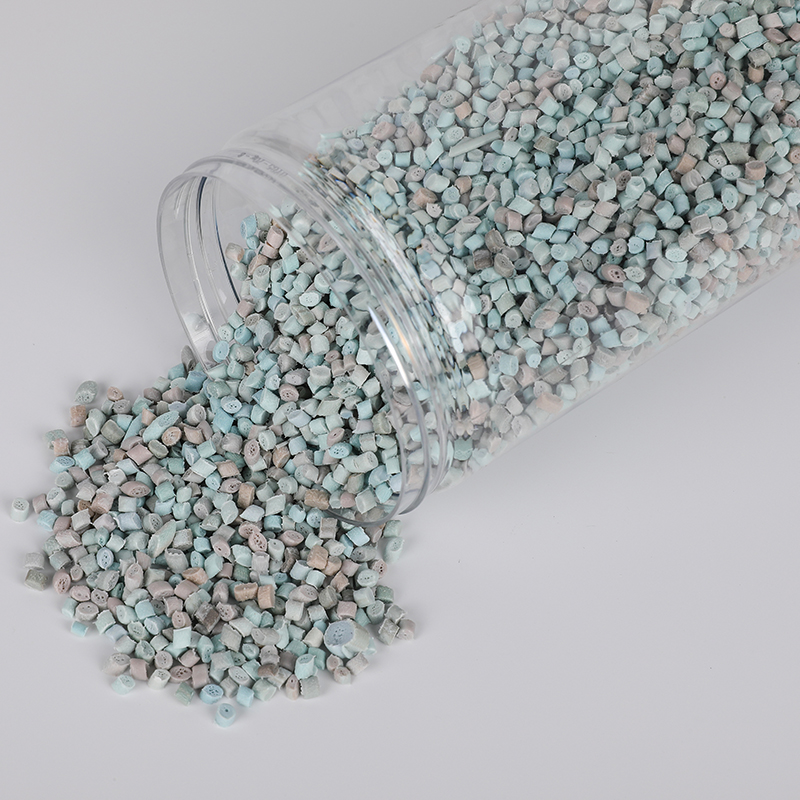
Chemical resistance is another critical consideration for RPE. Polyethylene, by its nature, is known for good resistance to a wide range of chemicals, including acids, alkalis, and salts. However, RPE may experience a slight reduction in chemical resistance depending on the extent of its prior use and the contaminants it was exposed to before recycling. For instance, if RPE is used in environments where exposure to aggressive solvents or oils is frequent, its long-term stability might be compromised. The reprocessing of the material during recycling, especially if done improperly, can also lead to weakened molecular chains, slightly diminishing its resistance to some chemical agents. Industries like pharmaceuticals, food processing, or chemical manufacturing that require stringent performance in aggressive chemical environments might need to evaluate the specific formulation of RPE to ensure it meets the necessary standards.
When it comes to UV exposure and weathering, Recycled polyethylene can be more susceptible to degradation compared to its virgin counterpart. Polyethylene, in general, tends to degrade under prolonged UV exposure, losing its structural integrity, flexibility, and color. Since recycled polyethylene can contain additives or residues from its previous life, these factors can sometimes enhance or worsen its ability to resist weathering. In outdoor applications, such as agricultural films, packaging, or building materials, UV stabilizers are often incorporated to extend the material's lifespan. Without these additives, RPE can become brittle or discolored after extended exposure to sunlight and the elements. Therefore, customers should be cautious when considering RPE for outdoor use without proper UV stabilizers or protective coatings, particularly in regions with high sun exposure or harsh climates.
While RPE offers a sustainable and cost-effective alternative to virgin polyethylene, its application is best suited for environments where temperature fluctuations, chemical exposure, and UV degradation are not extreme. However, with the right additives or formulations, its performance can be enhanced, making it a versatile material for various industries. Understanding its limits in these critical areas is essential for businesses to optimize its use, ensuring both durability and sustainability while maintaining the quality of end products.
As China PCR Recycled Plastic Granules Factory, We always adhere to the experience and philosophy of "keeping up with the times, constantly innovating, developing efficiently, and cooperating for mutual benefit"

Address: No.11, Wangzhuang Section, Provincial Road 01, Daqiao New Area, Economic Development Zone, Haiyan County, Jiaxing City, Zhejiang Province, China
Phone: +86-18058285678
Fax: +86-0573-86868101
E-mail: [email protected]
SUNRISE GROUP(Overseas Exclusive Agent)
www.sunrisechemical.com
2024 ICIS Global Chemical Distributor Top 8
Export Sales Manager:Helen Zhang
Mob/Whatsapp: +86 19883063465
Email: [email protected]
Copyright © Jiaxing Anyiju Plastic Industry Co., Ltd. All Rights Reserved

 简体中文
简体中文 English
English

